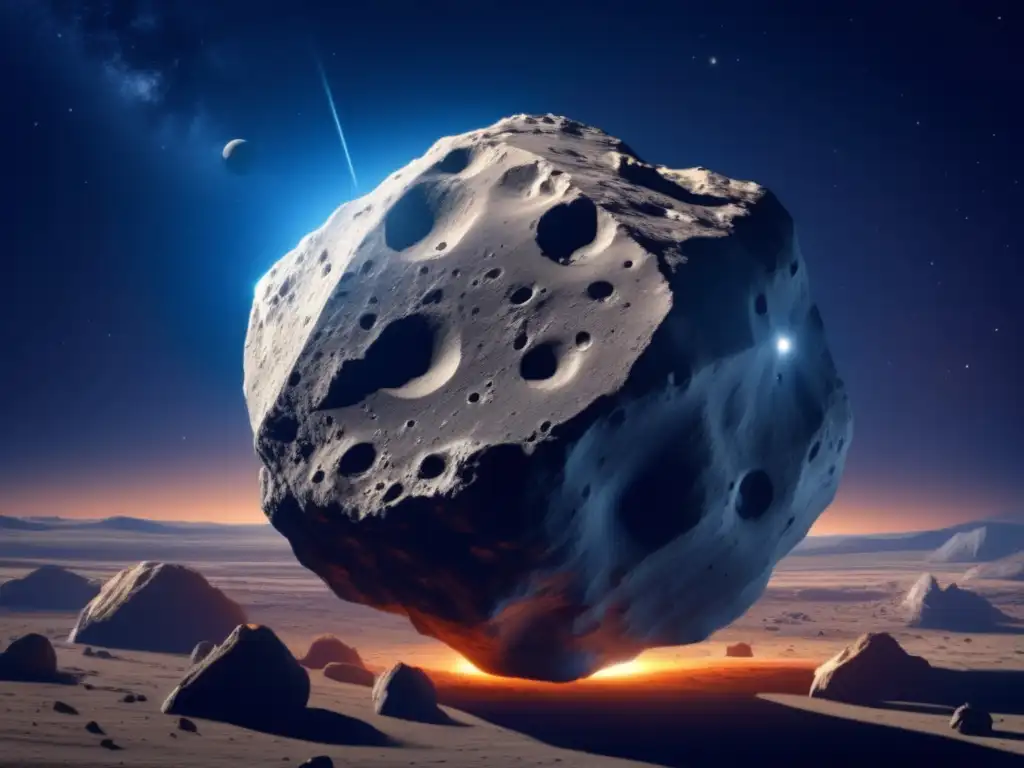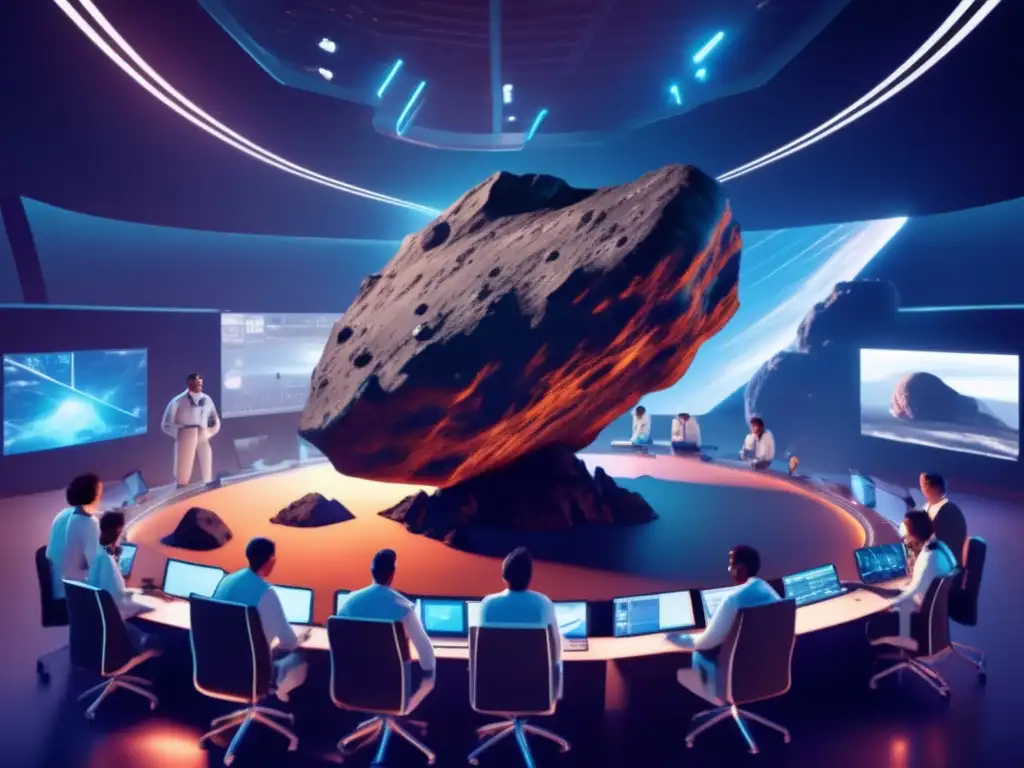In Our Defense: Tools And Strategies For Asteroid Diversion

Introduction
Asteroids have long been a topic of fascination among astronomers and enthusiasts alike. While these celestial objects present an opportunity for scientific exploration and discovery, they also pose a threat to our planet. An asteroid impact could potentially devastate Earth, causing widespread damage and loss of life. As such, it is important to develop tools and strategies for asteroid diversion and planetary defense.
The Risk of Asteroid Impact

The Likelihood of Asteroid Impact
While the likelihood of an asteroid impact is low, the potential consequences are severe. NASA has identified over 90% of near-Earth asteroids larger than 1 kilometer, but many smaller asteroids remain undetected. According to NASA's Near-Earth Object Observations Program, asteroids larger than 140 meters could cause significant damage on impact. In 2013, a 20-meter meteor exploded over Chelyabinsk, Russia, injuring over 1,500 people and damaging thousands of buildings.
The Potential Consequences of Asteroid Impact
An asteroid impact could cause massive destruction on a global scale. Depending on the size and composition of the asteroid, an impact could trigger tsunamis, earthquakes, and volcanic activity. The resulting dust and debris could also block sunlight, causing crop failure and famine.
The Need for Planetary Defense
Given the potential consequences of an asteroid impact, it is imperative that we develop effective tools and strategies for planetary defense. Prevention is key, and early detection and diversion of asteroids should be a priority.
Asteroid Diversion Techniques

Kinetic Impactor
The kinetic impactor technique involves deflecting an asteroid by using a spacecraft to collide with it at high speed. The force of the impact would create a small but significant change in the asteroid's trajectory, causing it to miss Earth. NASA's Double Asteroid Redirection Test (DART) mission, set to launch in 2021, will test this technique on the asteroid Didymos.
Gravity Tractor
The gravity tractor technique involves using a spacecraft to fly close to an asteroid and use its gravitational pull to slowly change the asteroid's trajectory. This approach is particularly effective for larger asteroids that require a longer period of time to deflect. NASA's proposed Asteroid Redirect Mission aims to use a gravity tractor to redirect a small asteroid into orbit around the Moon.
Nuclear Explosion
The nuclear explosion technique involves detonating a nuclear weapon near an asteroid to either break it up or change its trajectory. While this approach is highly effective, it is also controversial due to the potential environmental and political ramifications of using nuclear weapons in space.
Challenges in Asteroid Diversion

Early Detection
Effective planetary defense strategies rely on early detection of potentially hazardous asteroids. However, many asteroids remain undetected due to limited resources and technological constraints. In addition, some asteroids may not be detected until they are closer to Earth, leaving little time for diversion.
Asteroid Composition
The composition of an asteroid can greatly impact its suitability for diversion. Some asteroids are solid rock, while others have a loose rubble-like structure. The effectiveness of diversion techniques may vary depending on the composition of the asteroid.
Cost and Resources
Asteroid diversion is a complex and expensive endeavor that requires significant resources and funding. The costs associated with diverting an asteroid can range from millions to billions of dollars, depending on the size and composition of the asteroid.
Frequently Asked Questions

-
How likely is an asteroid impact?
The likelihood of an asteroid impact is low, but the potential consequences are severe. It is important to develop effective tools and strategies for planetary defense.
-
What is the most effective asteroid diversion technique?
The most effective asteroid diversion technique depends on the size and composition of the asteroid. Kinetic impactors and gravity tractors are among the most commonly considered techniques.
-
How long does it take to divert an asteroid?
The amount of time it takes to divert an asteroid depends on the size and composition of the asteroid, as well as the diversion technique used.
-
What are the challenges in asteroid diversion?
Challenges in asteroid diversion include early detection, asteroid composition, and cost and resources.
-
Who is responsible for planetary defense against asteroids?
Planetary defense against asteroids is a collaborative effort between government agencies, international organizations, and the scientific community.
Conclusion
Effective planetary defense requires a multi-faceted approach that includes early detection, effective diversion techniques, and international collaboration. While the risk of an asteroid impact is low, the potential consequences are severe, making it imperative that we prioritize planetary defense efforts. By continuing to develop and improve our tools and strategies for asteroid diversion, we can protect our planet and ensure a safer future for all.
Additional Resources

For more information on planetary defense and asteroid diversion, check out the following resources:
- NASA Planetary Defense
- ESA Planetary Defense
- NASA Center for Near-Earth Object Studies
- B612 Foundation
 Future Shield: Technologies In The Fight Against Asteroids
Future Shield: Technologies In The Fight Against Asteroids Shields Up: Current Measures For Asteroid Defense
Shields Up: Current Measures For Asteroid Defense Asteroids Vs. Earth: Our Defense Strategies
Asteroids Vs. Earth: Our Defense StrategiesIf you want to discover more articles similar to In Our Defense: Tools And Strategies For Asteroid Diversion, you can visit the Planetary Defense category.
Leave a Reply

Articulos relacionados: